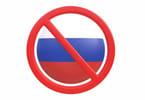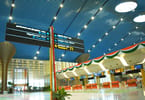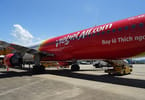Thailand has numerous world-class sites for divers of all standards, making it an underwater adventure paradise. While advanced divers are not restricted to normal recreational depth limits and many other constraints, they can only operate safely with professional support both onshore and offshore.
People have been paddling around Thailand’s numerous shallow coral sites with goggles and snorkels for decades, but it was not until about fifteen years ago that more serious diving with proper underwater breathing apparatus really began to take off. At that time, the majority of dive shops in the kingdom ran businesses teaching basic ‘discover scuba; and open-water courses.
As time passed, word spread of Thailand’s superb dive sites, and dive shops became increasingly competitive in the support they were able to offer advanced divers.
This included offering specialized mixed breathing gases, larger volume diving tanks, double tanks, auxiliary tanks and underwater scooters. As these resources have become more readily available, seasoned divers have been able to open the door on a whole new world of exploration. An intrepid breed, they are often referred to as technical divers.
Two of the most popular new activities in Thailand are wreck diving,
mostly in the Gulf of Thailand, and cave diving, mostly along the Andaman Sea coastline. The Gulf of Thailand falls well short of being an Asian Bermuda Triangle, but is rich in sunken wrecks resulting from misadventures in trading, piracy and war. Many stories have been lost in the mists of time but, according to one list, there are at least 179 sunken Japanese ships or marus, as some divers prefer to call them.
Some of the biggest recent discoveries date from the Second World War.
Diving in Thailand – The New Technical Frontier.
WHAT TO TAKE AWAY FROM THIS ARTICLE:
- The Gulf of Thailand falls well short of being an Asian Bermuda Triangle, but is rich in sunken wrecks resulting from misadventures in trading, piracy and war.
- Many stories have been lost in the mists of time but, according to one list, there are at least 179 sunken Japanese ships or marus, as some divers prefer to call them.
- As time passed, word spread of Thailand’s superb dive sites, and dive shops became increasingly competitive in the support they were able to offer advanced divers.






















